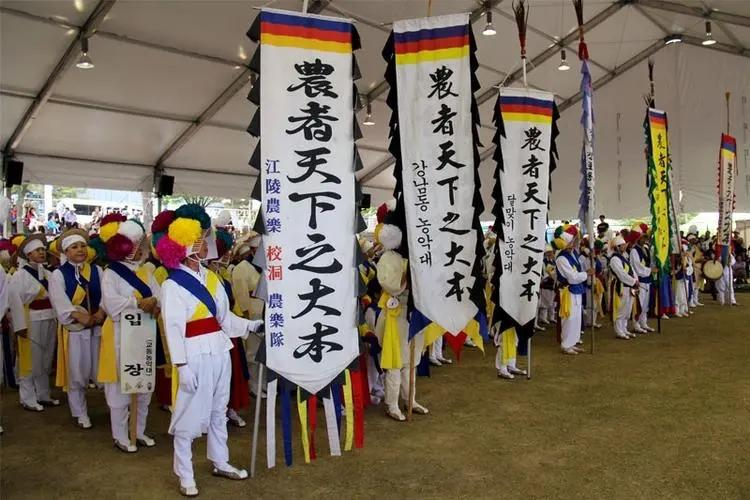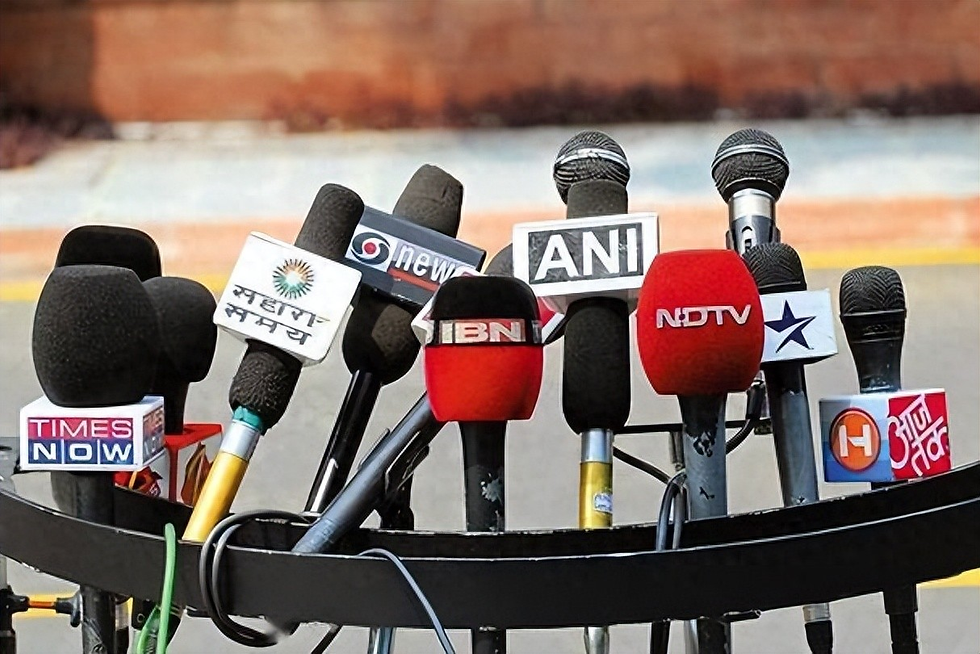A large number of South Koreans are flocking to China for tourism, with an increase of 900%.
- CosDream News

- Jun 3, 2024
- 3 min read
Updated: Jun 5, 2024
The number of South Korean tourists entering China has reached a new high, exceeding 8.4 million, despite South Korea's total population being just over 53 million.
What factors are attracting South Koreans to travel to China?
South Koreans Visit China for Stunning Scenery
The GDP comparison between China and South Korea shows that after decades of catching up, China's total GDP has far surpassed that of South Korea.
Despite South Korea being one of the few developed countries in East Asia, with a per capita GDP exceeding $30,000—nearly three times China's per capita GDP—South Korea's "congenital underdevelopment" limits its natural landscapes.
South Korea's land area is only 103,000 square kilometers, just one ninety-sixth of China's.
The limited natural scenery means that attractions like Jeju Island's "Cheonjiyeon" waterfall are considered major sights in South Korea but seem ordinary in China, lacking the grandeur of Lushan Waterfall or Huangguoshu Waterfall.
Snow-capped mountains, deserts, and grasslands are even harder to find in South Korea.
In South Korea, driving for less than four hours can traverse the country from north to south, whereas in China, the same amount of time may not even be enough to cross a province.
Experiencing China's Long History and Culture
Beyond natural beauty, China’s rich history and culture are incomparable to South Korea’s.
While South Korean history books trace back to Gija Joseon from eight thousand years ago, they claim that dynasties such as the Xia, Shang, Zhou, and the later flourishing Han and Tang in China emerged under Korea's influence.
At its peak, they claim, Korea’s territory covered half of Asia, dubbed the "cosmic superpower."
However, these fabricated historical accounts lack archaeological evidence.
Existing evidence indicates that early Korea was known as Goguryeo, a vassal state of the Tang Dynasty. Throughout subsequent history, Korea was often a tributary state to the Central Plains dynasties, requiring the Korean king to be officially recognized by the Chinese emperors.
Hence, Korea’s ancient palace, Gyeongbokgung, not only features the blue-tiled roofs of vassal state architecture but is also significantly smaller in scale compared to the Forbidden City, even less impressive than the residences of provincial princes in China.
Korea’s lack of cultural confidence and achievements has led it to actively pursue UNESCO recognition for cultural heritage, attempting to claim Chinese cultural assets such as the Gangneung Danoje Festival, traditional Lunar New Year customs, and wooden architecture.
Additionally, Korean cuisine pales in comparison to China's famed "Eight Cuisines."
Korean state banquets often feature simple dishes like steak and bibimbap, while the rest is predominantly various types of kimchi.
Japanese netizens have even mocked these banquets as resembling side dishes after eating barbecue, while Chinese netizens believe they don't even compare to the condiment sections in hot pot restaurants.
Living Standards: Not as Good as China
Despite higher average incomes, the cost of living in South Korea is also significantly higher, particularly for fruits and vegetables, where China has a clear price advantage.
In Seoul, a box of premium strawberries costs 51,612 KRW (about 283 RMB), while in China, premium Dandong strawberries cost about 30-50 RMB per jin.
A watermelon in South Korea costs at least 30,000-50,000 KRW (180-300 RMB), whereas in China, this price could buy ten watermelons.
In 2022, a photo of former South Korean President Moon Jae-in cutting a watermelon for his family went viral on Chinese social media.
The watermelon, claimed to be a Korean specialty called "Mudeungsan Watermelon," had white flesh and large seeds, earning the derisive nickname "the type to roll its eyes when cut open," suitable only as pig feed but considered a delicacy in South Korea.
Moreover, South Korea's prized kimchi largely relies on napa cabbage and radishes imported from Shandong Province in China.
Last year, Qingdao Airport even saw "human freight couriers" known as "daoye," who transported Chinese foodstuffs between China and South Korea for profit due to the price differences. South Korean rice sells for 17 RMB per jin, drawing these intermediaries.
As more Chinese people travel abroad, they are surprised to find that the "foreign moon" is not rounder, nor is the air sweeter.
On the contrary, China's rich natural resources, long history, and increasingly advanced technological capabilities attract more and more foreigners, including the trend-conscious South Koreans.












Comments